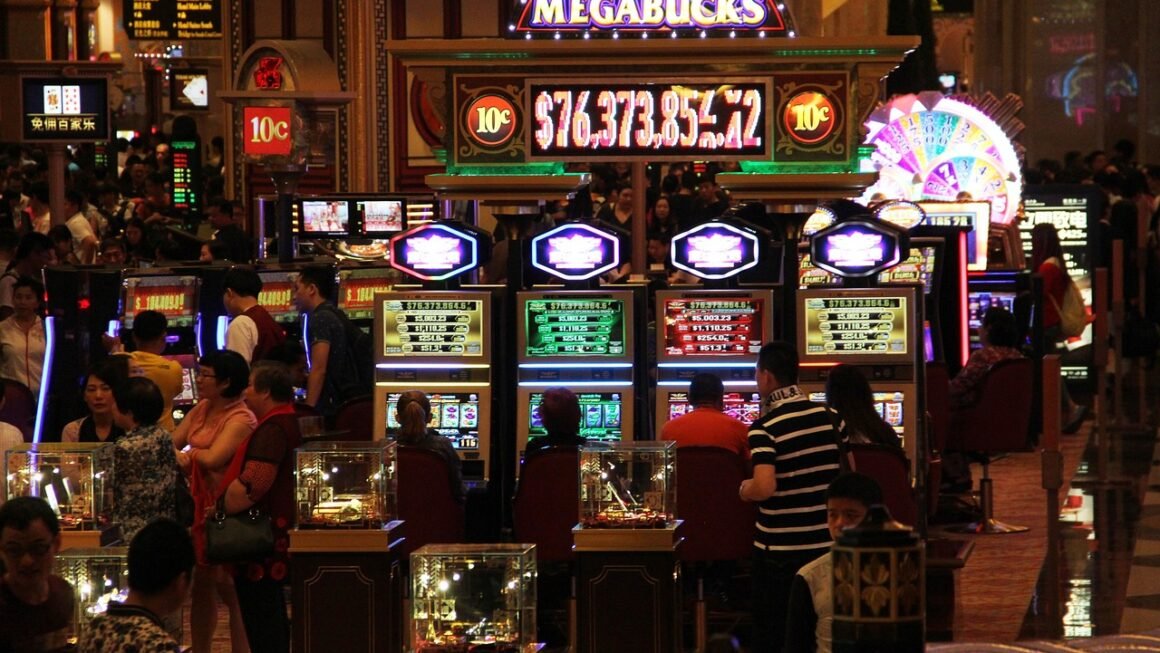The red carpet. It’s more than just a strip of crimson fabric rolled out for the privileged few. It’s a symbol of glamour, achievement, and the ultimate stage for fashion and cultural moments. From the flash of paparazzi cameras to the carefully curated outfits and the anticipation in the air, the red carpet represents the pinnacle of celebrity culture. But what lies beneath the surface of this iconic spectacle? Let’s delve into the fascinating world of the red carpet and explore its history, evolution, impact, and the secrets behind its enduring allure.
The History and Evolution of the Red Carpet
Early Origins and Symbolism
The use of a red carpet as a sign of welcome and prestige dates back centuries. Its origins can be traced to ancient Greece, where red fabrics were used to honor returning heroes. The color red itself was historically associated with power, royalty, and luxury.
- Ancient Greece: Red fabrics symbolized honor and celebration.
- Aeschylus’s Agamemnon (458 BC): A reference to a crimson path laid out for the returning king, although he hesitated to walk on it, viewing it as fit only for gods.
- Railroad Industry (1902): The New York Central Railroad used red carpeting to guide passengers onto their luxury 20th Century Limited train. This is considered one of the earliest modern uses in a similar context to its current association.
The Rise of Hollywood and the Red Carpet Premiere
The red carpet truly gained prominence with the rise of Hollywood. Movie premieres became extravagant affairs, and the red carpet served as a designated area for stars to be photographed and interviewed, solidifying its link to fame and glamour.
- Early Hollywood premieres: Focused on showcasing films and attracting audiences.
- The Mann’s Chinese Theatre: A prime example of early red carpet events, with its elaborate architecture and celebrity handprints.
- Development of paparazzi culture: Increased media coverage and public interest in celebrity fashion and personal lives.
Red Carpet as a Global Phenomenon
Today, the red carpet extends far beyond Hollywood. It’s a staple at international film festivals, music awards, fashion shows, and even sporting events. The red carpet has become a global stage for self-expression, brand promotion, and cultural commentary.
- Cannes Film Festival: A prestigious international event known for its glamorous red carpet.
- Met Gala: A high-fashion event with a themed red carpet that pushes the boundaries of creativity.
- MTV Video Music Awards (VMAs): Known for bold and unconventional red carpet looks.
- Impact of social media: Amplified the reach and influence of red carpet moments, making them accessible to a global audience.
The Business Behind the Red Carpet
The Power of Celebrity Endorsements
The red carpet has become a lucrative marketing platform for fashion designers, jewelers, and cosmetic brands. Celebrities are often paid or loaned items to wear, knowing that the exposure generated can be invaluable.
- Designer collaborations with celebrities: Can significantly boost brand awareness and sales.
- Loaned jewelry and accessories: A common practice, offering brands high-profile visibility.
- Impact on consumer trends: What celebrities wear on the red carpet often influences fashion trends and purchasing decisions.
- Example: A celebrity wearing a specific designer dress can lead to a surge in searches for that designer and similar styles.
The Role of Publicists and Stylists
Behind every stunning red carpet appearance is a team of professionals, including publicists and stylists, who work tirelessly to curate the perfect look. They understand the power of imagery and carefully strategize to create a memorable moment.
- Publicists: Secure media coverage and manage celebrity image.
- Stylists: Select outfits, accessories, and hairstyles to create a cohesive and impactful look.
- Importance of building relationships: Stylists maintain strong connections with designers and brands to access the latest collections.
- Crisis management: Red carpet appearances can be opportunities or risks; skilled teams prepare for both.
Red Carpet Sponsorships and Advertising
Many events offer sponsorship opportunities to brands, allowing them to associate their name with the glamour and prestige of the red carpet. This can involve anything from product placement to branding on backdrops and media walls.
- Brand visibility: Sponsors gain exposure to a wide audience through media coverage and social media.
- Association with luxury and exclusivity: Aligning with a red carpet event enhances a brand’s image.
- Targeting specific demographics: Brands can choose events that appeal to their target market.
Fashion and Trends on the Red Carpet
Evolution of Red Carpet Style
Red carpet fashion has evolved significantly over the years, reflecting changing societal norms and fashion trends. From classic Hollywood glamour to daring and experimental designs, the red carpet has always been a platform for innovation and self-expression.
- Classic Hollywood era: Elegant gowns and sophisticated silhouettes.
- The rise of avant-garde fashion: Designers pushing boundaries and challenging conventional norms.
- Influence of street style: A more relaxed and accessible approach to red carpet dressing.
- Examples: Audrey Hepburn’s iconic Givenchy dresses, Bjork’s swan dress, and Lady Gaga’s avant-garde ensembles.
Iconic Red Carpet Moments
Certain red carpet moments have become etched in cultural memory, thanks to their groundbreaking fashion, political statements, or sheer memorability. These moments often spark conversations and influence future trends.
- Angelina Jolie’s Versace leg-slit dress (2012 Oscars): Became a viral sensation.
- Jennifer Lopez’s green Versace dress (2000 Grammys): Led to the creation of Google Image Search.
- Billy Porter’s tuxedo gown (2019 Oscars): Challenged gender norms and sparked important conversations.
- Memorable jewellery: Diamonds worn by Marilyn Monroe or Elizabeth Taylor
Tips for Red Carpet Dressing (for aspiring attendees)
While most of us won’t be walking the actual red carpet, understanding the principles of red carpet dressing can help you elevate your personal style for special occasions.
- Know your body type: Choose silhouettes that flatter your figure.
- Consider the event: Select an outfit that is appropriate for the occasion and venue.
- Pay attention to detail: Ensure that your outfit is well-tailored and accessorized.
- Choose quality fabrics: Invest in fabrics that drape well and photograph beautifully.
- Confidence is key: Wear your outfit with confidence and poise.
- Comfort matters: While looking good is important, make sure you’re comfortable enough to enjoy the event.
The Impact and Influence of the Red Carpet
Shaping Beauty Standards and Trends
The red carpet plays a significant role in shaping beauty standards and influencing fashion trends. The celebrities who walk the red carpet often serve as role models, and their choices can have a ripple effect on consumer behavior.
- Promotion of specific beauty ideals: The red carpet can contribute to unrealistic expectations.
- Influence on makeup and hair trends: Celebrity looks often inspire everyday beauty routines.
- Impact on consumer purchasing decisions: What celebrities wear and endorse can drive sales.
The Red Carpet as a Platform for Activism
In recent years, the red carpet has become an increasingly important platform for activism. Celebrities have used their visibility to raise awareness about social and political issues, using fashion and statements to amplify their message.
- #MeToo movement: Celebrities wearing black to the Golden Globes to protest sexual harassment.
- Raising awareness for climate change: Celebrities using sustainable fashion and speaking out about environmental issues.
- Supporting LGBTQ+ rights: Celebrities using fashion to express their support for the LGBTQ+ community.
The Future of the Red Carpet
The red carpet is constantly evolving, adapting to changing technologies and societal values. Virtual red carpets, sustainable fashion, and a greater focus on inclusivity are likely to shape its future.
- Virtual red carpets: Becoming more common due to technological advancements and global events.
- Sustainable fashion: Increased emphasis on eco-friendly materials and ethical production practices.
- Greater inclusivity: A move towards representing a wider range of body types, ethnicities, and gender identities.
Conclusion
The red carpet, from its ancient roots to its modern-day manifestation, continues to captivate and influence. It’s a dynamic space where fashion, celebrity, and culture collide, shaping trends, sparking conversations, and providing a glimpse into a world of glamour and aspiration. As the landscape of media and entertainment evolves, the red carpet will undoubtedly adapt, but its enduring allure and power to capture our attention will remain. Whether it’s through a bold fashion statement, a powerful message, or simply the sheer spectacle of it all, the red carpet will continue to be a defining element of our cultural landscape.


